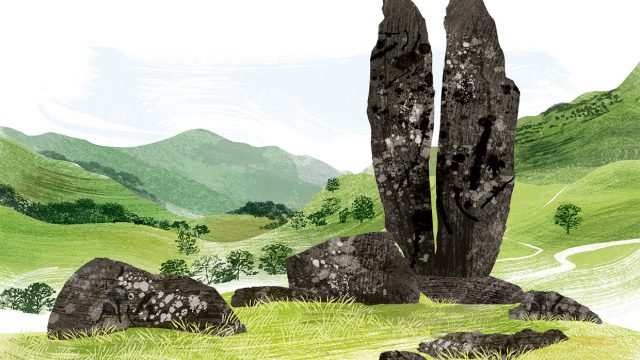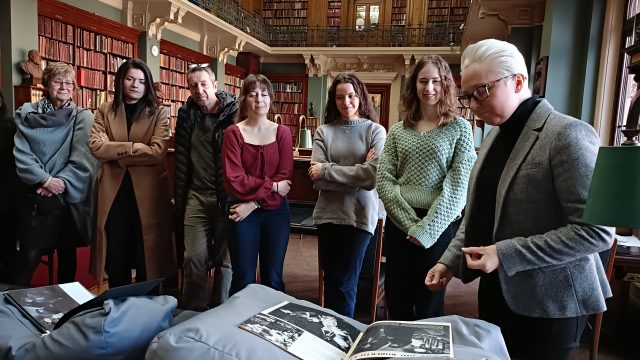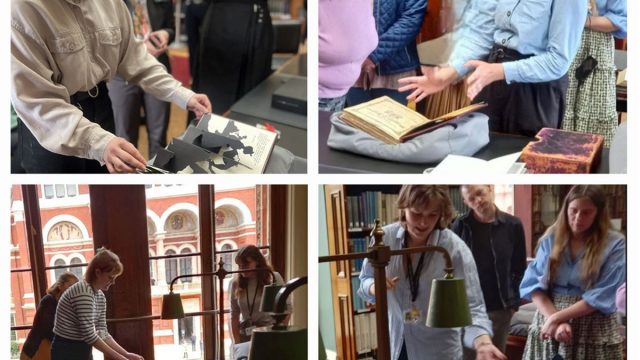The National Art Library is freely available to anyone who wants to use its resources: other than the need to show some identification, all are welcome without restriction. Generally speaking, our users are students, academics, art market professionals and the V&A’s staff but every day brings new faces to the reading rooms. So, how does a library get to know (and prepare for) its visitors when they can come from every walk of life and from every part of the world?

We do actually have lots of information available which helps us to understand our users a bit better. Firstly, on their first visit, all of our users register their address and their reason for wanting to use the Library, be it work, study or private research, so we know where people are coming from and why they want to use us. Secondly, the majority of our books have to be ordered from the stores, so we can see what people are ordering, in what numbers and with what frequency (we can also track usage of online databases and ebooks in the same way). Finally, we have our own experiences of working in the reading rooms to draw upon, of collecting and re-shelving the materials that our readers request, discussing research with our users and of answering enquiries.
However, all this information can only offer a partial view, and doesn’t reveal what our users are thinking, planning and expecting. To help complete the picture we periodically hold a more detailed user survey, and the time has come to launch the next one. The 2014 user survey will be completed online for the first time, with an emphasis on how our users heard about us, what they make use of, levels of satisfaction with services, collection and catalogue and to gain a bit more information on who they are.
Survey created using Survey Monkey
If you would like to complete the survey, you can do so here
As the survey is offered over the web, for the first time we will be able to capture the views of those who are planning to come to the Library but haven’t visited yet, and of those people who use our services without ever needing to set foot over our (very lovely) threshold. Although this doesn’t solve the problem of how to reach those who could benefit from our services but aren’t using us, it does at least give us access to a user group who have previously been very difficult to find out about.
We are very much looking forward to hearing the views of our users, to see how they may have changed since the last survey and to see if the results challenge or confirm our assumptions. Whatever the outcome, we will use the results in planning our services and facilities and will report the results back here.



